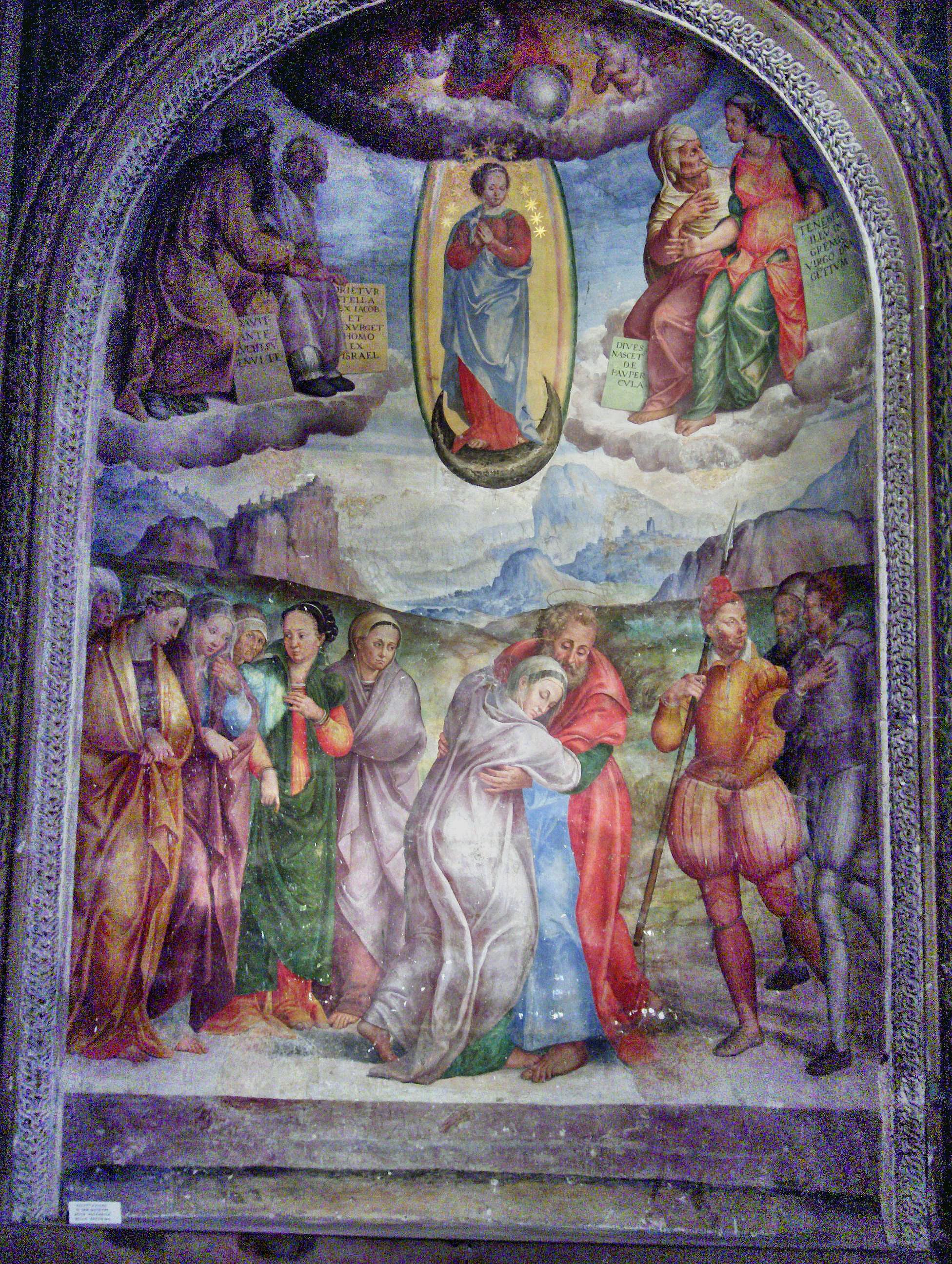Dono Doni on:
[Wikipedia]
[Google]
[Amazon]

 Dono Doni, also known as Adone Doni or Dono dei Doni (1505-1575) was an Italian painter of the
Dono Doni, also known as Adone Doni or Dono dei Doni (1505-1575) was an Italian painter of the

 Dono Doni, also known as Adone Doni or Dono dei Doni (1505-1575) was an Italian painter of the
Dono Doni, also known as Adone Doni or Dono dei Doni (1505-1575) was an Italian painter of the Renaissance
The Renaissance ( , ) , from , with the same meanings. is a period in European history
The history of Europe is traditionally divided into four time periods: prehistoric Europe (prior to about 800 BC), classical antiquity (800 BC to AD ...
period active mainly in Umbria
it, Umbro (man) it, Umbra (woman)
, population_note =
, population_blank1_title =
, population_blank1 =
, demographics_type1 =
, demographics1_footnotes =
, demographics1_title1 =
, demographics1_info1 =
, ...
.
Biography
Doni was born at Assisi. While is said by Lanzi and others to have been a disciple ofPietro Perugino
Pietro Perugino (, ; – 1523), born Pietro Vannucci, was an Italian Renaissance painter of the Umbrian school, who developed some of the qualities that found classic expression in the High Renaissance. Raphael was his most famous pupil.
Ea ...
, the first we know of him was that in 1530 he was an assistant to Giovanni di Pietro (lo Spagna) at San Giacomo in Spoleto
Spoleto (, also , , ; la, Spoletum) is an ancient city in the Italian province of Perugia in east-central Umbria on a foothill of the Apennines. It is S. of Trevi, N. of Terni, SE of Perugia; SE of Florence; and N of Rome.
History
Spolet ...
.
In the church of San Francesco, at Perugia, is a picture by this master of the 'Last Judgment;' and one of the 'Adoration of the Kings' is in San Pietro in the same city. There are in the Lower Church of the Franciscan Convent at Assisi frescoes by him representing the 'Preaching and Martyrdom of St. Stephen,' and in the small refectory
A refectory (also frater, frater house, fratery) is a dining room, especially in monasteries, boarding schools and academic institutions. One of the places the term is most often used today is in graduate seminaries. The name derives from the Lat ...
is the 'Last Supper,' painted in 1573, which was probably his last work. Doni died at Assisi in 1575. Vasari
Giorgio Vasari (, also , ; 30 July 1511 – 27 June 1574) was an Italian Renaissance Master, who worked as a painter, architect, engineer, writer, and historian, who is best known for his work '' The Lives of the Most Excellent Painters, Sculp ...
is wrong in stating that he was a nephew of Taddeo Bartoli
Taddeo di Bartolo (c. 1363 – 26 August 1422), also known as Taddeo Bartoli, was an Italian painter of the Sienese School during the early Renaissance. He is among the artists profiled in Vasari's biographies of artists or ''Le Vite dell ...
. In the Berlin Gallery there is by him a 'Madonna with the Infant Jesus,' who is represented as reaching after a book which is in the Virgin's hand.
He worked chiefly at Assisi. For the church of San Crispolto of Bettona
Bettona (Latin: ''Vettona'') is an ancient town and comune of Italy, in the province of Perugia in central Umbria at the northern edge of the Colli Martani range. It is 5 km (3 mi) E of Torgiano and 12 km (7 mi) SW of Assisi.
...
, he painted an ''Adoration of the Shepherds'' (1543), now at the Pinacoteca Civica of the town. For the Ciccoli family chapel at the church of San Francesco in Bevagna, he painted a ''Madonna and Child'' (ca. 1565), now in the city picture gallery. In Foligno, he painted a fresco depicting the ''Nativity with St Lucy'' (1544) for the monastery of Sant' Anna, a frieze for the Sala Papale of Palazzo Trinci (attributed, ca. 1545), a fresco depicting the ''Martyrdom of St Catherine of Alexandria'' for the nunnery of Santa Caterina Vecchia, now detached and in the Pinacoteca Civica. In Gubbio
Gubbio () is an Italian town and ''comune'' in the far northeastern part of the Italian province of Perugia (Umbria). It is located on the lowest slope of Mt. Ingino, a small mountain of the Apennines.
History
The city's origins are very ancient. ...
, he painted a ''Pietà'' (after 1560) and a ''Road to Calvary'' (ca. 1564) now in the Duomo
''Duomo'' (, ) is an Italian term for a church with the features of, or having been built to serve as, a cathedral, whether or not it currently plays this role. Monza Cathedral, for example, has never been a diocesan seat and is by definition n ...
.Key to Umbria biography. He also worked with Lattanzio Pagani and Cristofano Gherardi at the no longer-extant Rocca Paolina of Perugia
Perugia (, , ; lat, Perusia) is the capital city of Umbria in central Italy, crossed by the River Tiber, and of the province of Perugia.
The city is located about north of Rome and southeast of Florence. It covers a high hilltop and pa ...
.
References
Attribution: * 16th-century Italian painters Italian male painters Italian Renaissance painters Umbrian painters 1505 births 1575 deaths People from Assisi {{Italy-painter-16thC-stub